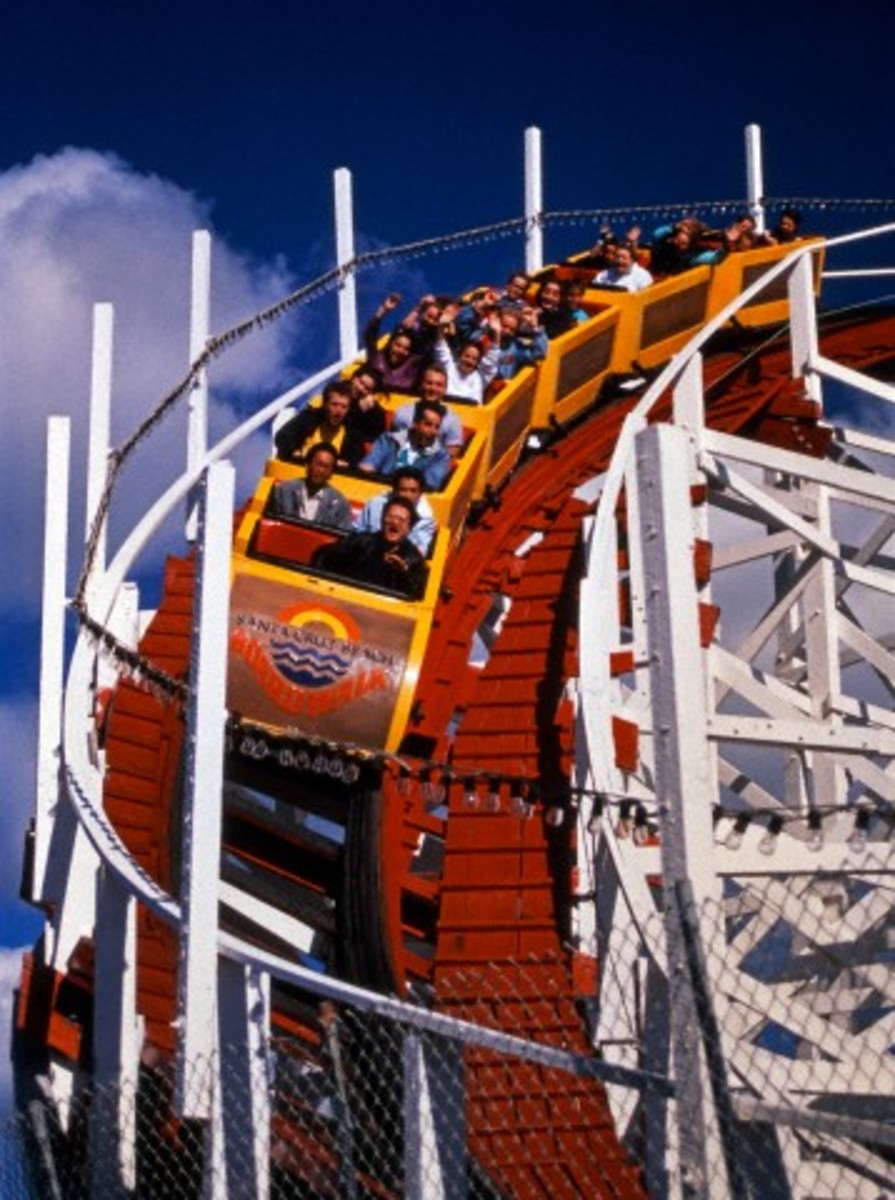Calculating Force and Its Effect On Objects at Rest

By Joan Whetzel
Newton changed how the world understands the way the Universe works when he detailed his Three Laws of Motion. Newton's Laws of Motion define force by explaining how mass and acceleration affect objects in motion and at rest.
What Is Force?
Force determines how fast an object can accelerate (the object's rate of speed) based on its mass. It is an external, physical strength - or power - the "muscle" that is applied to that object in order to push or pull it in the same direction or to change its direction of travel.
Calculating Force
The equation used to calculate force is: f = ma, or force = mass x acceleration. In this equation the mass of an object is measured in kilograms (kg), the acceleration is measured in meters per second squared (m/s2), and the force is stated in units called newtons (N). So that 1 N = 1 kg x 1 m/s2.
The first thing you need to know is the object's mass. So, if you wanted to measure the force of an average pickup truck at rest, you would find that a it has a mass of approximately 4,000 to 13,000 pounds (1814 to 5896 kg), giving pickup trucks in general an average mass of 3,900 kg. Now, if that 3,900 kg pickup truck has an acceleration of 0 m/s2, the it has a force of 0 N, since 3,900 kg x 0 m/s2 = 0 N.
The Effect of Force on Objects at Rest
According to Newton's First Law of Motion (the law of inertia), "every object in a state of uniform motion tends to remain in that state of motion unless an external force is applied. So the pickup truck that isn't moving will remain not moving until the engine is turned, the engine is put into gear, and the gas is applied. Once in motion, the pickup truck will remain in that state of motion until the breaks are applied, until it is no longer being fed gas allowing it to slow down, until the gear box is put into neutral or park, until the engine is turned off, or until the truck crashes.
Newton's Second Law of Motion states that "the acceleration of an object is parallel and directly proportional to amount of force being applied to that object, is moving in the same direction as the force applied to the object, and is inversely (opposing) proportional to the mass of the object." Basically what that is saying is that, as the mass of the pickup truck increases, the acceleration decreases (so a larger, heavier pickup truck - greater than 3,900kb - will accelerate at a slower rate), and as the mass of the pickup truck decreases, the acceleration increases (a smaller, lighter pickup truck - less than 3,900 kg - will accelerate more quickly).
Newton's Third Law of Motion states that "For every action there is an equal and opposite reaction." So if we are sitting in this pickup truck at rest, and apply force to the gas pedal, thereby causing it to accelerate and move in a forward direction, we will feel the equal and opposite reaction as our bodies are forced backward into the seat. We feel it more profoundly in something like a roller coaster ride as it accelerates down one of its hills. If we bring that pickup to a sudden stop (a state of rest), we feel the opposite and equal reaction as our bodies are forced forward toward the steering wheel and windshield.
So, with the First Law of Motion, force is causing the object at rest (the parked pickup truck) to be set into motion. The Second Law of Motion would return that pickup truck to a state of rest. The Third Law of Motion sets our body into the opposite and equal reaction once the pickup truck is set into motion or is brought back to a state of rest.
Resources
Math Science Integration. Calculating the Force of Motion.
http://www2.franciscan.edu/academic/MathSci/MathScienceIntegation/MathScienceIntegation-856.htm
Dictionary.com. Force.
http://dictionary.reference.com/browse/force
One School. Effects of Force.
Chandra, Subash. The School Tutorials. Effect of Force.
http://theschooltutorials.com/science/effect-of-force/
University of Tennessee, Knoxville. Newton's Three Laws of Motion
http://csep10.phys.utk.edu/astr161/lect/history/newton3laws.html








